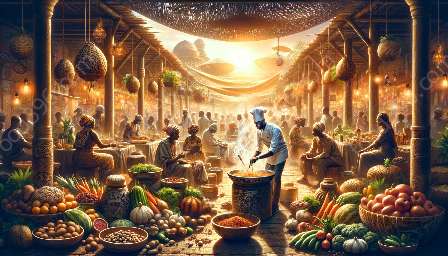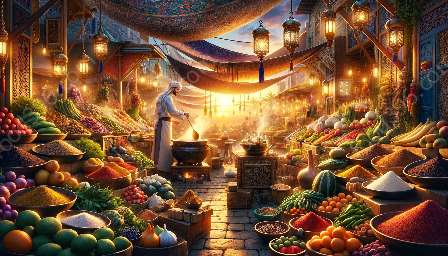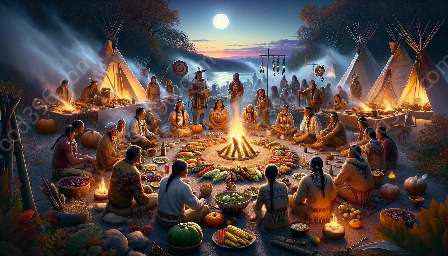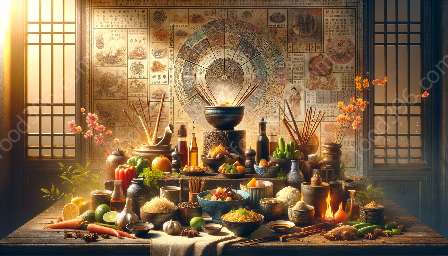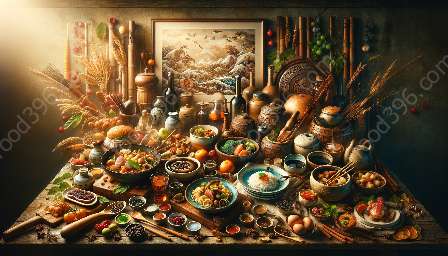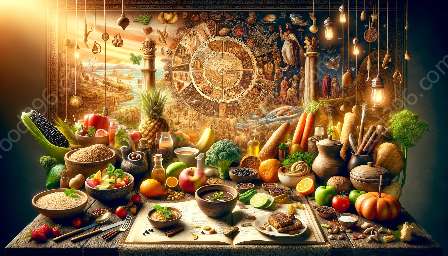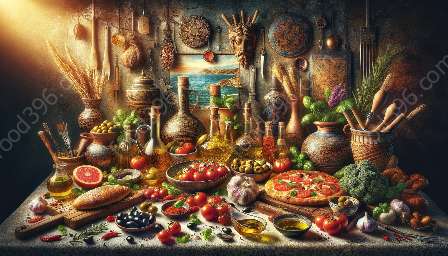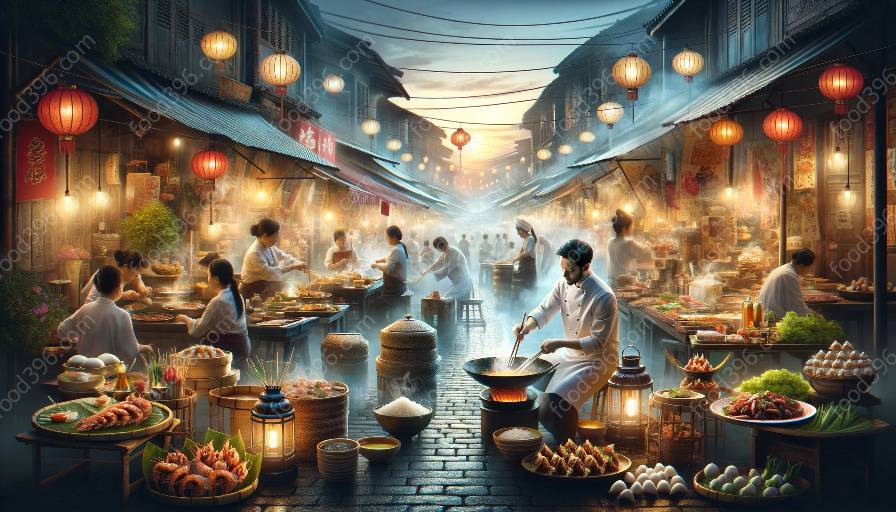When it comes to Asian cuisine, the world is introduced to a diverse range of flavors, ingredients, and culinary traditions that have been evolving for thousands of years. The history of Asian cuisine is a fascinating journey through the varied cultures, traditions, and influences that have shaped the food we enjoy today.
Ancient Beginnings
Asian cuisine has its roots in ancient civilizations, dating back to thousands of years. The early inhabitants of Asia developed sophisticated agricultural techniques, enabling them to cultivate a wide variety of crops such as rice, wheat, and millet. These ancient farming communities laid the foundation for the rich and diverse culinary traditions that would emerge in the region.
Chinese Cuisine
Chinese cuisine is one of the oldest and most influential culinary traditions in Asia. Dating back to the Shang dynasty (1600–1046 BCE), Chinese cooking techniques and flavor profiles were refined over centuries, resulting in a rich tapestry of regional cuisines. From the fiery flavors of Sichuan to the delicate and refined dishes of Cantonese cuisine, the diversity of Chinese cooking reflects its long and complex history. The use of soy sauce, stir-frying, and the concept of balance in flavors are just a few examples of the enduring contributions of Chinese cuisine to the global culinary landscape.
Indian Cuisine
Indian cuisine is renowned for its use of aromatic spices, vibrant colors, and diverse flavors. With roots that can be traced back to the ancient Indus Valley civilization (3300–1300 BCE), Indian culinary traditions have been influenced by a multitude of cultures and invaders, including the Mughals, British, and Portuguese. The use of spices such as cumin, coriander, and turmeric, along with cooking techniques such as tandoori and curry-making, showcase the extensive history and fusion of flavors that define Indian cuisine.
Trade and Influences
Throughout history, the vibrant flavors and exotic ingredients of Asian cuisine have captivated the world through trade and cultural exchange. The ancient Silk Road facilitated the exchange of goods, ideas, and culinary traditions between East and West, leading to the introduction of new ingredients such as spices, tea, and noodles to different parts of the world. The global spice trade, in particular, brought coveted ingredients such as cinnamon, cloves, and black pepper from Asia to Europe, forever changing the culinary landscape of the Western world.
Spread of Buddhism
One of the most influential factors in the spread of Asian cuisine was the dissemination of Buddhism across the region. As Buddhist monks traveled across Asia, they brought with them not only spiritual teachings but also culinary traditions, including vegetarian cooking and the concept of mindful eating. This exchange of culinary knowledge helped shape the gastronomic landscape of many Asian countries, leading to the integration of new ingredients and cooking techniques.
Colonial Influences
The colonial period in Asia brought about significant changes to the region's culinary traditions. European powers such as the Portuguese, Dutch, and British introduced new ingredients, cooking techniques, and culinary styles to Asia. The fusion of Eastern and Western flavors resulted in the creation of unique dishes such as Portuguese-influenced Goan curries in India, Dutch-influenced rijsttafel in Indonesia, and British-inspired high tea in Sri Lanka. These culinary crossroads reflect the enduring impact of colonial influences on Asian cuisine.
Modernization and Globalization
In the modern era, Asian cuisine continues to evolve with the influence of globalization, technological advancements, and changing dietary preferences. The rise of fusion cuisine, urbanization, and the increasing demand for healthy and sustainable food options are reshaping the way Asian dishes are prepared and consumed. Traditional cooking methods are being reinvented, and innovative flavors are emerging as chefs and home cooks alike seek to balance tradition with innovation.
Culinary Heritage and Diversity
Asian cuisine's rich history and diversity are celebrated through its myriad of regional specialties, street food, and culinary customs. Each country and culture in Asia has its own unique set of ingredients, cooking methods, and flavor combinations that embody the heritage and identity of its people. From the umami-rich broths of Japanese ramen to the aromatic herbs and spices of Thai curries, the culinary heritage of Asia continues to captivate and inspire food enthusiasts around the world, offering a taste of history, tradition, and innovation on every plate.




